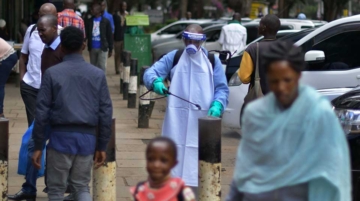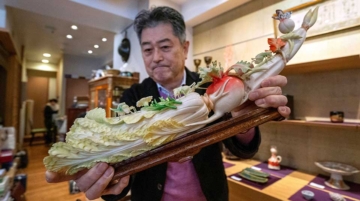The privately-run Lewa Wildlife Conservancy in Kenya provided a sobering reminder this week that even though wildlife conservation issues have largely disappeared from the broader China-Africa agenda, the fate of some of Africa’s most endangered animals is becoming increasingly perilous.
Last Friday, heavily-armed poachers snuck into the conservancy, a vast territory that covers 62,000 acres in northern Kenya, to shoot a pair of male white southern rhinos and saw off their horns. The poachers escaped before rangers arrived on the scene.











